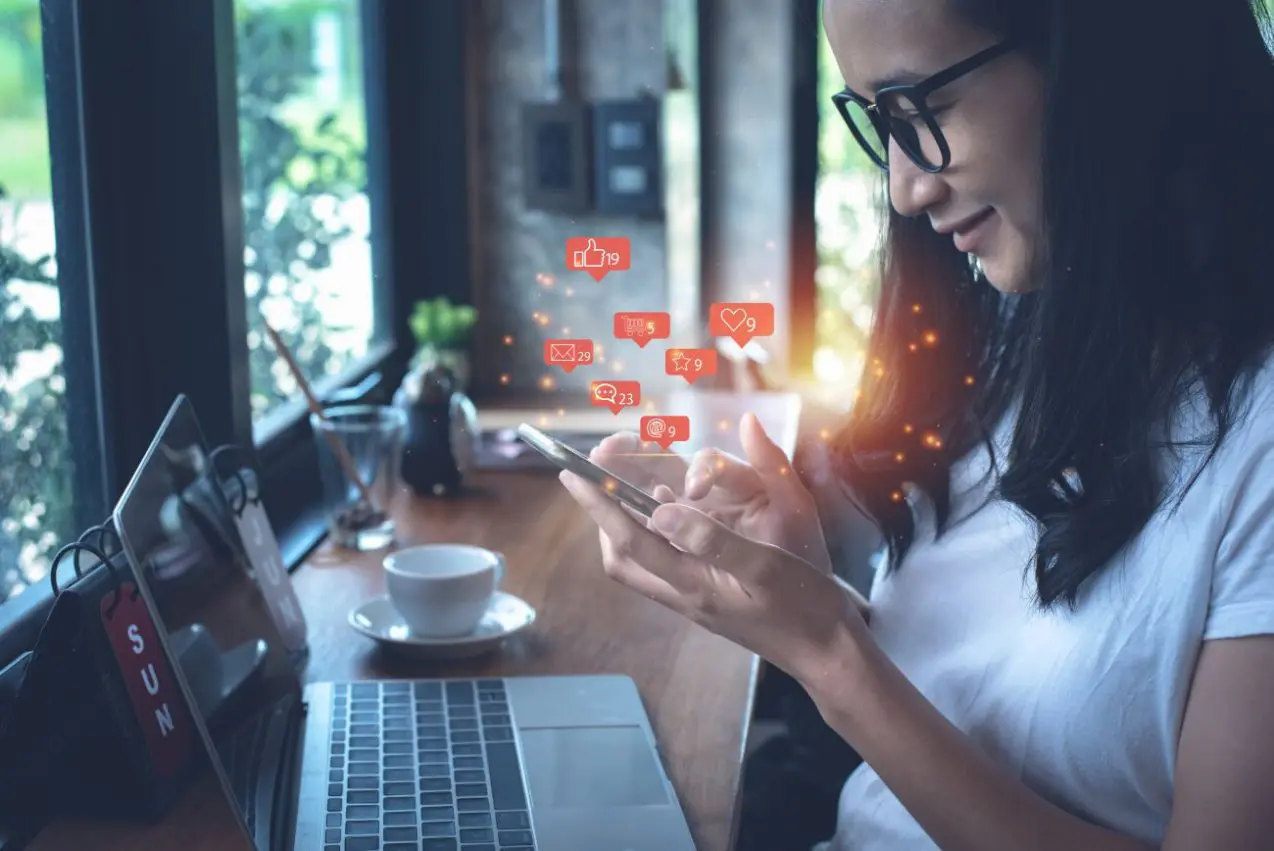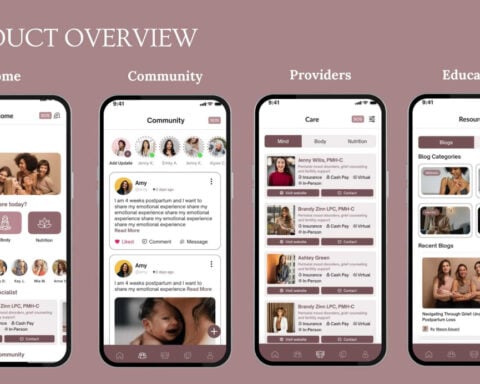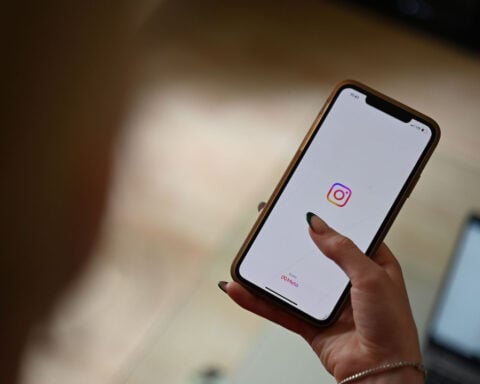In today's world, technology and social media shape our daily habits and activities, particularly with mobile payment apps like Venmo. That pizza emoji seems harmless, yet each tap of the tiny icon erodes privacy in ways Venmo users rarely think about. The same carefree impulse applies to photos, readily exposing personal habits. The scary part is that the layer beneath playful emoji lurks a trove of data any stranger can access.
Venmo, which started in 2009 as a music start-up where users could purchase songs via text messages, was acquired by eBay in 2013. This transformed it into a popular mobile wallet service, especially among young people who liked sharing information online. During those times, sharing personal thoughts and achievements online was fresh and exciting. But as time went on, the downsides of sharing everything became clearer.
A key feature of Venmo was its public timeline for transactions. Here, users could detail their payments, even using emojis to describe them. While this seemed fun, it opened up a level of public viewing and potential misuse of information that hadn't been considered before. Some data from Venmo was even used to reveal possible wrongdoings. An example of this was when The Guardian found out that a helper for Justice Clarence Thomas received payments from lawyers who had cases at the Supreme Court, all visible via Venmo's public feed.
However, the risks aren't just about big discoveries. Even simple shares, like pizza or beer emojis, can sometimes reveal more than intended. They might show where someone is or who they're with. In 2017, a researcher named Hang Do Thi Duc showed how much you can learn from Venmo transactions. Her study looked at over 208 million payments and showed how much personal information people were unknowingly giving away.

To address these issues, Venmo made changes. In 2021, they turned off their worldwide feed so users couldn't see payments from people they didn't know. But there's still a catch. If you visit someone's profile, you can see their payments unless they've set them to private. And by default, payments are public until a user changes it.
For those using Venmo, it's important to make payments private. This can be done in the app's Privacy settings. Another concern is that Venmo shows your list of contacts. This could let others see who you know, both personally and professionally. To keep your friends list private, change the setting in the Privacy section of the app. And remember, always check your app settings now and then, as they can change.
In the end, while Venmo is a handy way to make payments, it comes with its own privacy issues. It's crucial to be aware of them and act to protect your information. For some, the concerns might be too much, leading them to think about stopping their use of Venmo. In our modern world, keeping personal data safe should always be in our minds.

 What is seditious conspiracy, which is among the most serious crimes Trump pardoned?
What is seditious conspiracy, which is among the most serious crimes Trump pardoned?
 Savannah women brings hope and help with new Maternal Mental Health app
Savannah women brings hope and help with new Maternal Mental Health app
 Amazon to close 7 warehouses in the Canadian province of Quebec and eliminate 1,700 jobs
Amazon to close 7 warehouses in the Canadian province of Quebec and eliminate 1,700 jobs
 House prepares to pass immigrant detention bill that would be Trump's first law to sign
House prepares to pass immigrant detention bill that would be Trump's first law to sign
 Lewis Hamilton says driving a Ferrari F1 car for first time was 'exciting and special'
Lewis Hamilton says driving a Ferrari F1 car for first time was 'exciting and special'
 The head of a federal agency for consumers has packed up his office. But will Trump fire him?
The head of a federal agency for consumers has packed up his office. But will Trump fire him?
 Meagan Good says goodbye to 'Harlem,' hello to her future with Jonathan Majors
Meagan Good says goodbye to 'Harlem,' hello to her future with Jonathan Majors
 K-9's retirement party was everything a dog could want
K-9's retirement party was everything a dog could want
 Why some Instagram users aren’t able to unfollow Trump and JD Vance
Why some Instagram users aren’t able to unfollow Trump and JD Vance








